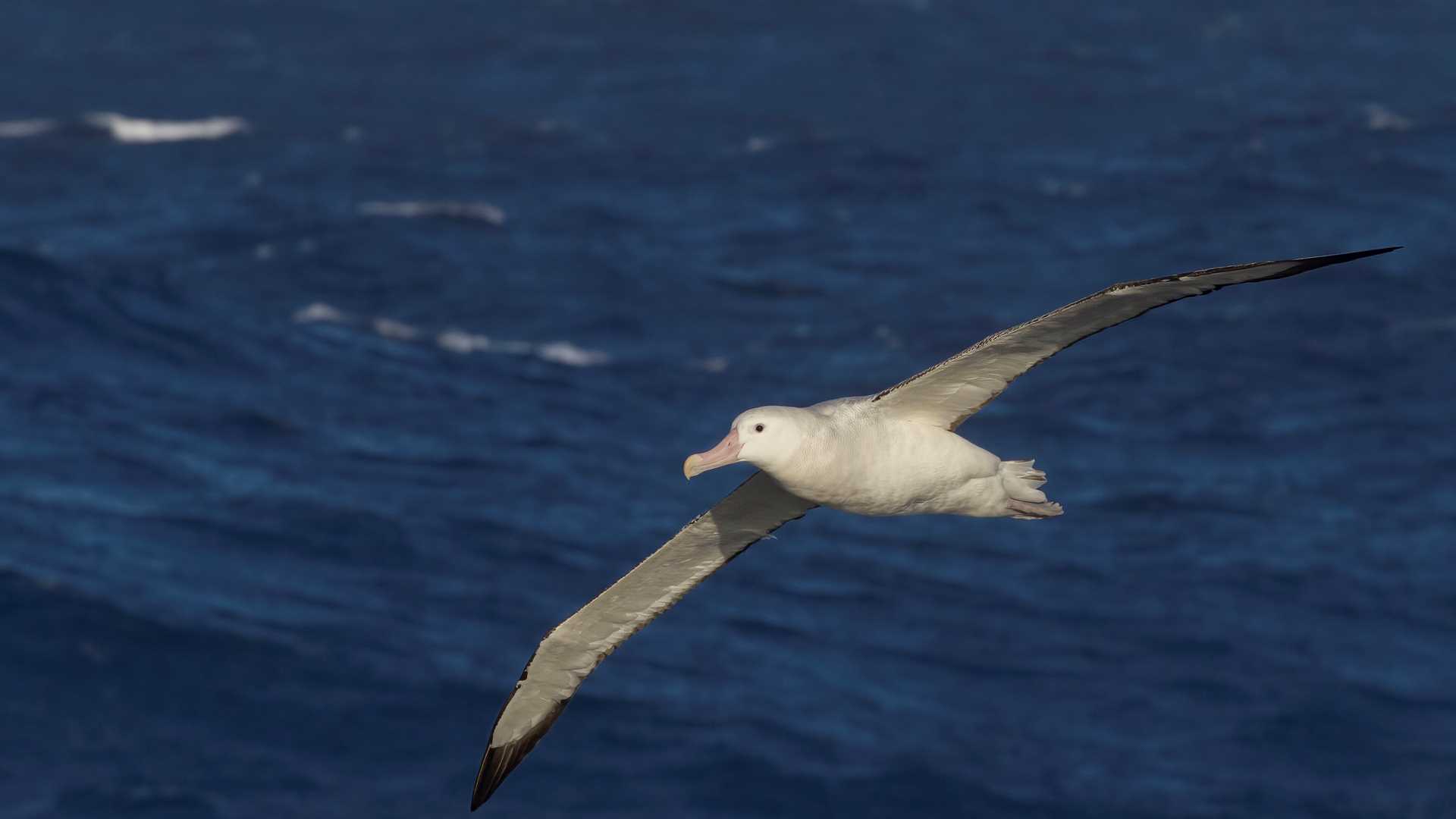After departing Ushuaia late last evening, National Geographic Explorer started the first full day of our expedition sailing south in the Drake Passage. Named after the British privateer Sir Francis Drake, who sailed around South America through the Strait of Magellan in 1577 on his way to attack vessels and raid towns and villages along the Pacific coast of South, Central, and North America, the Drake is infamous for its oftentimes turbulent and stormy waters. The powerful Southern Ocean and winds in the bottleneck created by the Antarctic Peninsula and Patagonia sometimes create heavy seas of legendary proportions. In the old days, these seas sank numerous whaling ships, cargo ships, the tall ships transporting guano between Chile or Peru and Europe, and the passenger vessels of travelers hoping to participate in California’s Gold Rush. The Drake treated us nicely today.
I love the open ocean, and the Drake Passage offers a chance to watch some of the most spectacular birds on earth, the albatrosses. Early this morning, I grabbed my parka and my camera and headed out to the sun deck. As I opened the door, the clean, cold air hit my face, and I saw it almost immediately: a wandering albatross! All albatross species are very impressive birds. They are capable of gliding over the ocean in incredibly long journeys to look for food. They can cover entire ocean basins. Their long and narrow wings are perfectly adapted to ride the wind with no apparent movement. They can lock special joints in their shoulders and elbows that allow them to travel long distances with very low energy costs. Their long wings have accompanied ships for centuries, and albatrosses are an important component of many legends, superstitions, and songs among sailors. The longest wings belong to the wandering albatross. The wingspan of some individuals measures in at an impossible 12 feet, giving these birds the longest wingspan on the planet. Today we had the pleasure and the honor of watching not one but several individuals throughout the day. We also observed several black-browed albatrosses, a single gray-headed albatross, and a few royal albatrosses, which are almost as big as the wandering albatross. Their majestic and effortless flight delighted those of us who appreciate the beauty of truly wild creatures and places. Tomorrow we should be arriving to the South Shetland Islands, where our expedition of Antarctica will surely give us more amazing moments, but tonight I am going to dream of long wings over stormy seas.







